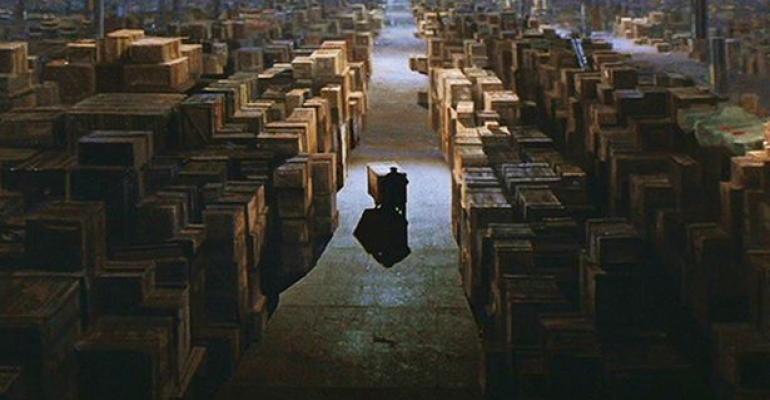Mindfulness is one of the hot new terms when it comes to healthy living. The idea it embodies: slow down, take stock of your life from time to time, and clear away all the clutter in your life, from the spare keys in your junk drawer to the Facebook friends you can't even remember.
The same principle applies to your cloud storage.Without taking some time to think about exactly what you’ve stored there, you may get sucked into the false panacea promised by limitless cloud storage.
I’ve found over time that when you have a subscription to a service like Dropbox, OneDrive, or Google Drive, it’s easy to get into the habit of just “toss it in there and forget it.”
Chrome will automatically save PDFs right into Drive. Dropbox embeds a tool that, with a right click, can send any batch of files right into your great folder in the sky.

It’s easy to throw everything into Dropbox or related services.
This can become a problem if what you save in your cloud also needs to live on your hard drive. While in your mind it may be easy to think of your cloud storage as limitless, especially if you pay for a subscription, your hard drive is another matter.
WAYS TO CUT BACK
I’ve found a useful strategy to combat this issue is to reduce what exactly syncs to your hard drive. Not every solution is going to match up for everybody. But one thing that works for me is to keep my photos in Google Drive and not sync those files.
Each of the major services let you select which folders you sync to your PC. This way, if there are some things that you only need once in awhile they can be safely backed up and available through the cloud but don’t have to hog up space on your hard drive. So fire up the syncing software for your preferred service (the following example is from Google Drive) and you can save some room.

The desktop versions of Dropbox allow you to pick and choose which folders you want to sync to your computer.
Keep in mind when you de-select something those files will disappear from your computer. However, you’ll still be able to access them through the web portal for Google Drive, Dropbox, or OneDrive. Perhaps it may be time to check up on some of the folders or batches of files you haven’t used for a long time. You may still want to keep them, but they may not need to live on your hard drive.
STAYING PRODUCTIVE WHILE GOING LEAN
There are many situations in which you may find yourself needing to access a lot of content but short on space to do so.
Consider some of the online tools that accompany these services. For example, Dropbox recently launched Paper, which is an online collaboration tool that’s akin to Google Docs or Office Online. It’s a way to stay within the confines of your preferred service without the need to eat up a bunch of hard drive space. Same thing goes for using Google’s tools like Docs, Sheets, and Slides, which live online and don’t count towards your Drive storage. You can embrace the cloud this way without needing to dip into your PC storage.
DECIDE YOU DON'T NEED TO HAVE IT ALL
I’ve always found a lack of value in some of the larger levels of cloud storage. For example, most services offer a 1TB option for $10 per month. But if your hard drive only has space for 256GB, you’re not exactly getting your money’s worth.
Such massive vaults of storage in the cloud really come best into play best if there are a number of file types that you don’t mind aren’t available offline. For example, if you use Google Photos, the storage of all your memories will be counted towards your overall Drive total. Same goes with the photo backup capabilities of other services. Unless you need to do detailed editing of images this is one way that you can make use of your storage but also saving some space by accessing them through the browser. OneDrive has ramped up the image-recognition capabilities in its service, and Google Photos offers a number of tricks that let you search for images by the name of objects, locations, or people in your contacts.
Ultimately the cloud era means thinking differently about how you use your services and what makes the most sense for your productivity. If you have a large hard drive, and want to rely on a cloud service to keep everything backed up, then go for it.
But for those embracing a Surface, iPad Pro, or other types of devices that don’t always have hefty hard drives it means you’ll need to think through some different questions that you may have in the past.
Just as having big closets in your house shouldn't be taken as a license to hoard junk you never use, neither should having cloud services be taken as a license to throw any file in there and use search to sort it all out later.





